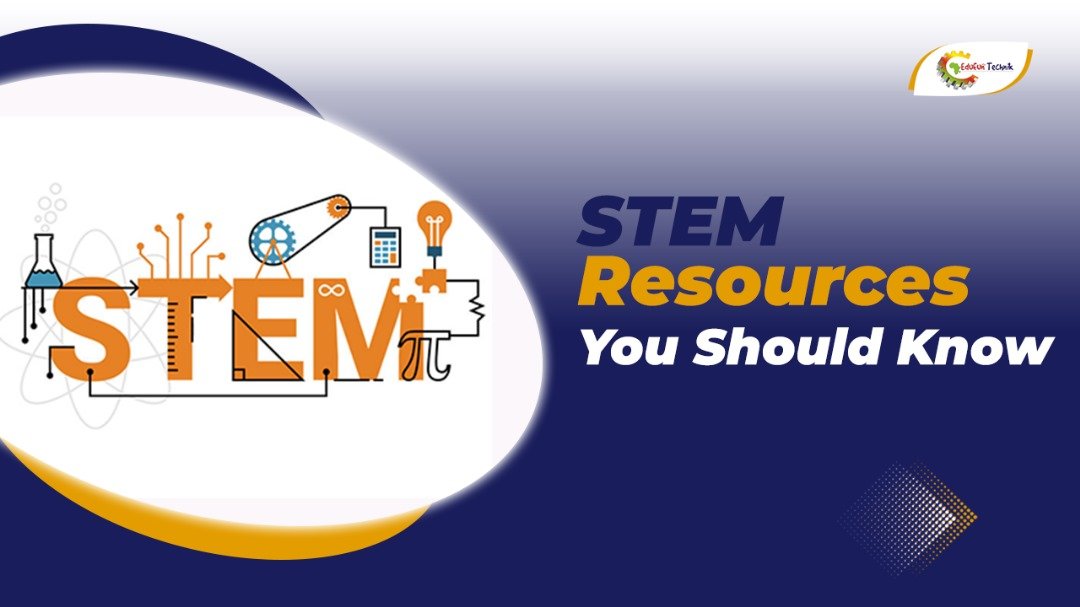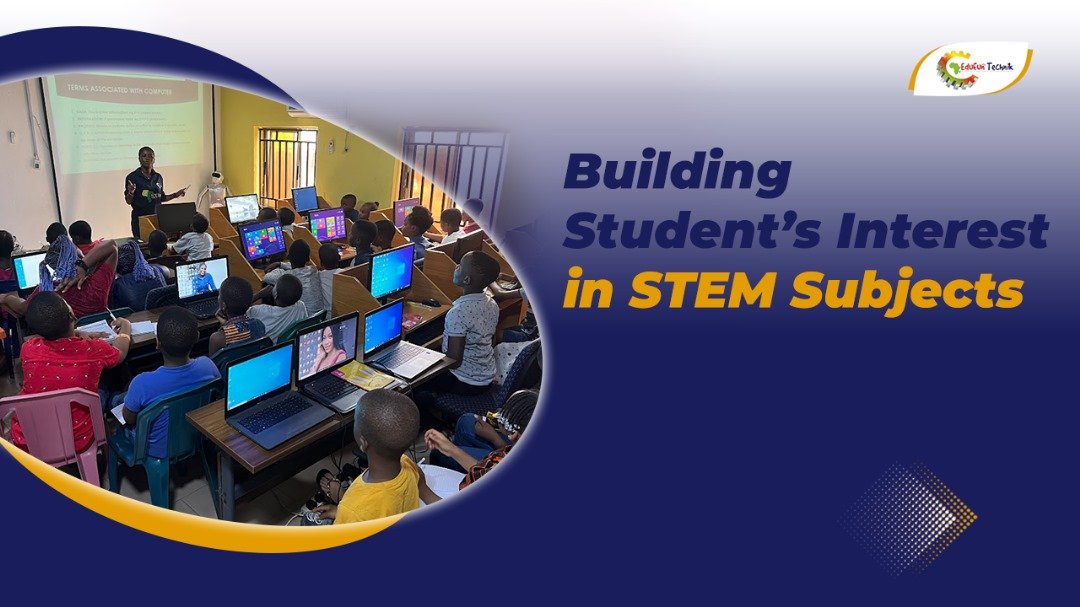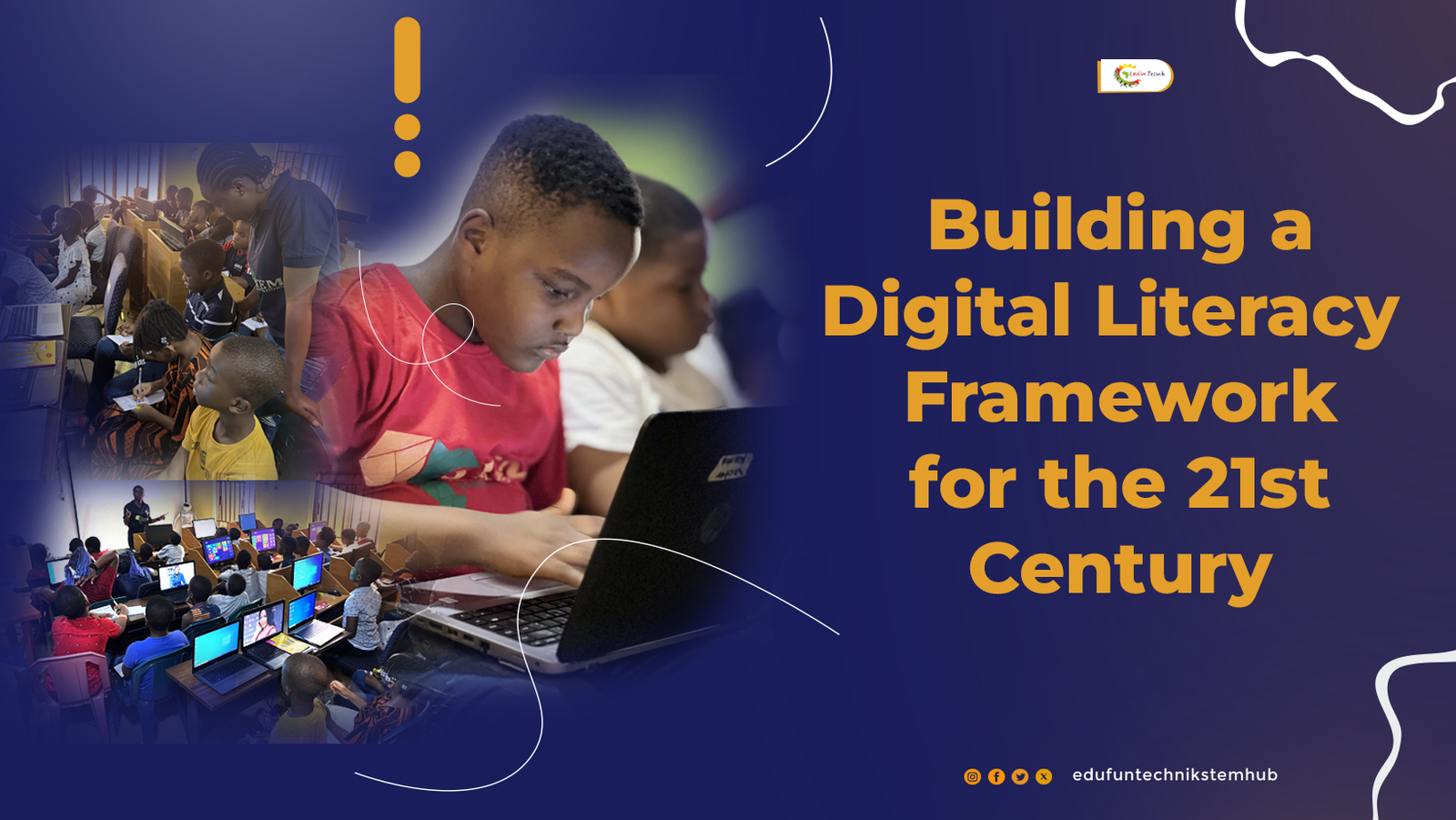Teaching STEM can feel hard when there are not many tools or materials. But do you know what? You do not need fancy gadgets or big labs to help children learn science, technology, engineering, and math. What matters is how you plan the lessons and how curious your learners are.
Whether you are a parent teaching from home or a teacher in a classroom, this guide will show you how to create lesson plans that work, even when your resources are small. With a little creativity and smart planning, your students can still explore the fun side of STEM.
Why STEM Can Be Taught Anywhere
STEM stands for science, technology, engineering, and mathematics. These subjects teach children how to solve problems, ask good questions, and work with others. STEM skills are useful in daily life, not just in jobs.
According to UNESCO, STEM education is one of the keys to solving real-world problems like climate change and health care. But in many places, schools do not have high-speed internet or science kits. That is okay. Children can still learn by using simple items around them, such as paper, bottles, or even cardboard.
When teaching STEM with limited tools, what really helps is planning. You need to ask yourself: What do I want my learners to understand? What small steps can we take to get there?
How to Build a Lesson Plan Without Big Budgets
First, think about your learning goal. Maybe you want children to learn about how plants grow. Or maybe you want to teach basic coding ideas. Choose one idea and focus on that for your lesson.
Now look around you. What do you already have? Can you use water, cups, rubber bands, or even recycled paper? These everyday things can become part of your STEM plan.
Next, write out your plan in three parts:
Start with a question. For example, “What makes a plant grow faster?”
Then, plan a simple activity. Maybe plant seeds in two cups, but give them more sunlight. Let the children guess what will happen.
Finally, talk about what was learned. Ask: Did your guess turn out to be true? Why or why not?
Keep it short and fun. Children do not need long lectures. They learn best by doing and asking questions.
Sample STEM Lesson Plan Using Low-Cost Materials
Here is a sample you can try with little or no money. It is great for ages 6 to 12.
Topic: Building a Paper Bridge
Goal: Learn how engineers solve problems and understand the idea of weight and balance.
Materials: Paper, tape, books, small coins

Steps:
Fold a paper in different ways (flat, fan-style, or rolled).
Place it between two books to form a bridge.
Put coins on top to see which folder holds the most.
Talk about why one bridge worked better than the other.
This lesson teaches problem-solving, planning, and testing ideas. Children love seeing which design works best.
STEM learning grows best when children can explore, test, and reflect. So, even in low-income areas, students build strong skills when they use what is around them to test ideas.
The Center for Childhood Creativity advises that curiosity is more important than equipment. If students are encouraged to ask “why” and “how,” they learn deeply, even without expensive kits. It is not about the tools. It is about making sure the child feels they can create something with their own hands.
How to Involve Parents and Guardians
When resources are limited, families can help a lot. You can invite parents to bring in empty bottles, newspapers, or old boxes for STEM projects. Also, parents can ask their children what they are learning and help them with small experiments at home.
Let them try a STEM challenge like: “Build a tower as tall as your arm using only paper and tape.” Then, talk about what worked and what did not.
You do not have to be a science expert. Just be ready to ask questions and enjoy the process. Parents’ interest builds a child’s confidence.
Keeping STEM Fun in Any Environment
Even if you only have chalk and a blackboard, you can make STEM exciting. Use storytelling. For example, tell the story of how engineers built the first airplane. Then ask the children to draw or fold paper planes. Fly them and measure how far each one goes.
When there is no internet, ask students to interview an older person about how they used math or science when they were young. This builds real-world connections.
Use nature, too. Go outside and ask students to collect leaves, sticks, or rocks. Then sort them by size, color, or shape. That is math and observation!
Action Plan for Weekly STEM Learning
Choose one topic each week. Plan one short activity using what you have. Keep a notebook to record what worked and what you want to improve. This makes it easy to teach again in the future.

You can also make a STEM wall in your class or at home. Let the children draw what they learned. This helps them remember and builds a love for science and learning.
If possible, connect with local groups that support STEM education. Some offer free lesson guides or teacher training. Here’s the refined version:
For example, Edufun Technik in Nigeria is helping teachers by organizing comprehensive STEM workshops for educators, exposing them to fundamental STEM principles and demonstrating how to effectively teach STEM subjects even with limited resources by leveraging materials they can source from their immediate environment to create innovative teaching aids and learning tools. Also, Edufun Technik is helping students develop an interest in STEM by organizing free STEM career workshops in schools.
The Big Idea: STEM Is About How You Think
In the end, teaching STEM is not about what you own. It is about how you guide children to ask questions, test their ideas, and find answers. With a thoughtful lesson plan, you can teach great STEM lessons even in a room with nothing but a board and a stick of chalk.
Children who learn to think like this early on grow up ready to solve problems. They become curious, creative, and confident. That is what STEM is really about.
The Way Forward
So, are you a teacher or parent trying to bring more STEM learning to your children? Do not let a lack of tools stop you. Try one small STEM project this week using the ideas in this guide. Share your results with your school, community, or even online. Let us all keep learning, building, and asking good questions.
To learn more about low-cost STEM teaching ideas or join one of our upcoming programs, reach out to Edufun Technik STEM Foundation today.







